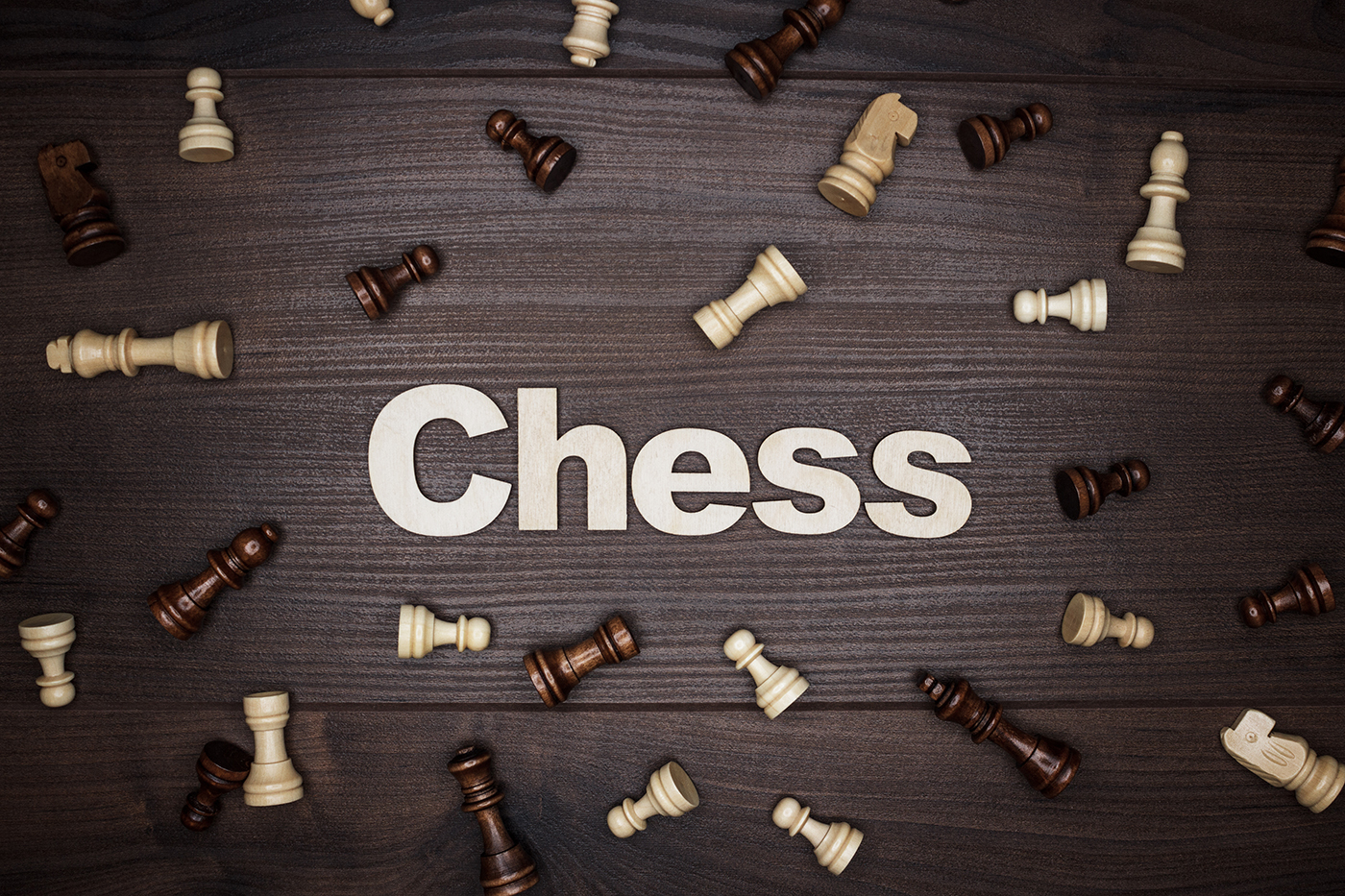The Timeless Appeal of Metal Chess Pieces
Every chess enthusiast knows that a high-quality chess set can elevate the experience of the game. Metal chess pieces, in particular, bring a unique allure to the board with their elegant design, durability, and weighty feel. These pieces not only enhance gameplay but also serve as stunning display items for your home or office. At Straight Up Chess, you’ll find a remarkable collection of metal chess pieces that combine style and function, making them an excellent choice for both casual players and dedicated collectors.
Unique Metal Chess Sets at Straight Up Chess
Classic Metal Chess Pieces
Straight Up Chess offers a range of classic metal chess pieces that feature timeless designs, perfect for traditionalists. These sets showcase intricate craftsmanship, ensuring each piece maintains the perfect balance of beauty and practicality. Whether you’re playing a competitive game or simply displaying the set, these pieces are guaranteed to impress.
Themed Metal Chess Sets
For players looking to add a personalized touch to their game, themed metal chess pieces are a fantastic option. Straight Up Chess carries specialty collections that include Medieval, Roman, and other historical themes. Each piece is designed to tell a story, combining artistry with the rich history of chess. These themed sets not only make the game exciting but also serve as conversation starters when displayed.
Customizable Chess Stands
To complement your metal chess pieces, Straight Up Chess also offers vertically mounted chess boards with customizable stands. These boards are perfect for creating an eye-catching wall display that allows you to play over time or leave a favorite position set up as a focal point. The combination of a unique stand with metallic chess pieces creates a truly striking setup.
Why Choose Straight Up Chess?
Straight Up Chess is committed to providing high-quality chess sets and accessories that cater to players of all styles and skill levels. Their metal chess pieces are designed with precision and durability in mind, ensuring years of enjoyment. With a focus on aesthetic beauty and superior materials, they’ve curated a selection that makes it easy to find the perfect match for your gaming or decorative needs.
Make Your Move with Metal Chess Pieces
Metal chess pieces offer a perfect blend of elegance, durability, and style that transforms an ordinary chessboard into a masterpiece. Discover the full range of metal chess pieces available at Straight Up Chess and find the set that matches your taste and personality. Whether you’re enhancing your own collection or looking for a unique gift, these pieces are the key to making every move memorable. Upgrade your chess experience today!

